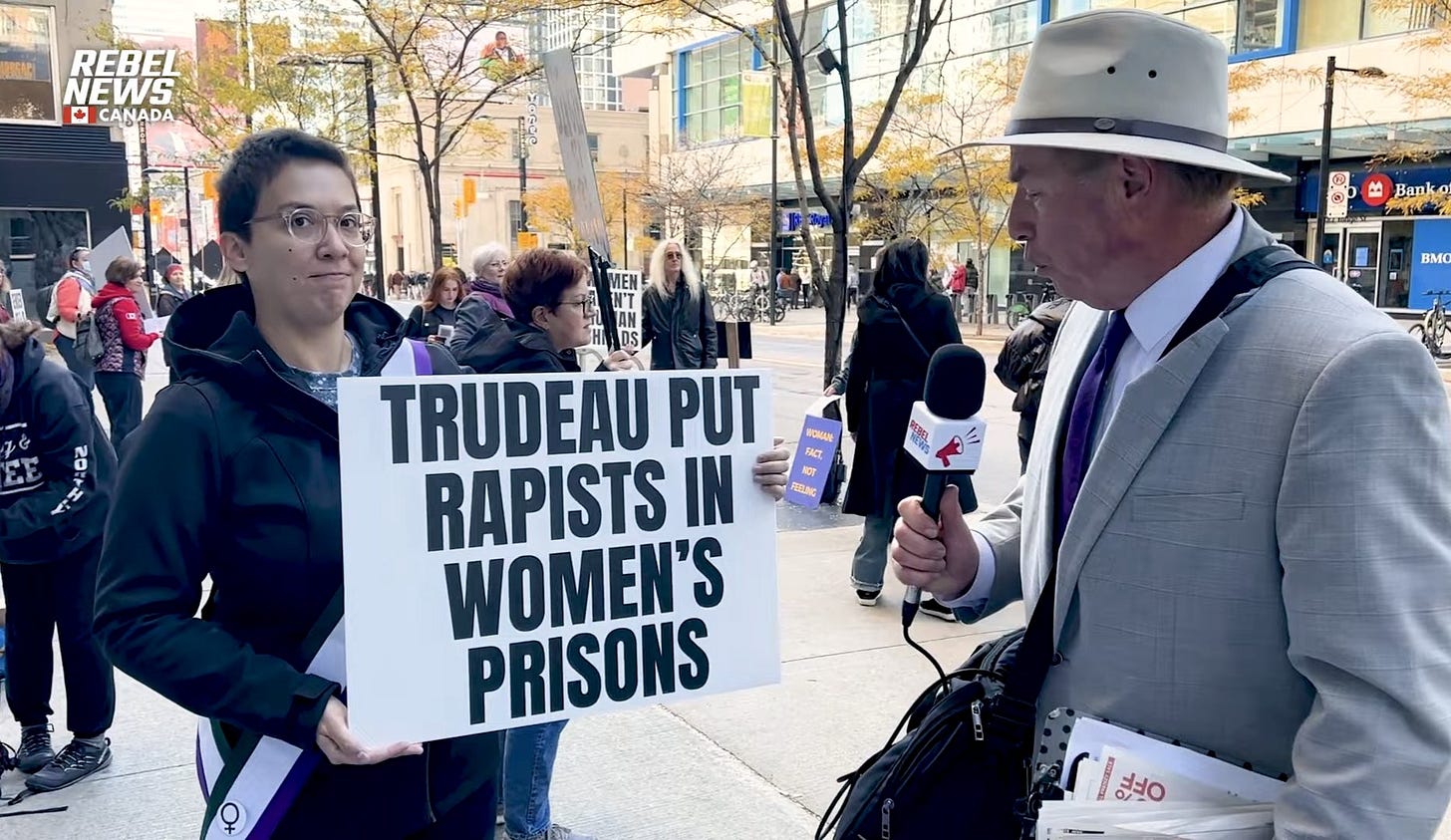How Justin Trudeau Put Male Rapists in Women’s Prisons
Yes, that is a thing that he did
One of the great delusions of gender identity ideology—of which there are many—is that locking male rapists into prison cells with females is a good thing to do.
This is not hyperbole, as badly as I wish it were. In Canada, as in other countries that have adopted gender self-ID (read: sex self-ID), all a man has to do to be considered female in the eyes of the prison system is declare himself as such.
And while it is wrong, in my very strong opinion, to put any man in a female prison on the basis of self-ID, the fact that these transfers are granted to violent male murderers, rapists, and pedophiles speaks to just how far gone the adherents of gender identity ideology are.
For the better part of the last decade, policies that place men who declare a female gender identity into women’s prisons have spread across Canada.
It all began in Ontario in early 2015, when The Globe and Mail reported “Gender identity to determine where Ontario transgender inmates are placed.” Correctional Service Mi…
Keep reading with a 7-day free trial
Subscribe to The Distance to keep reading this post and get 7 days of free access to the full post archives.



